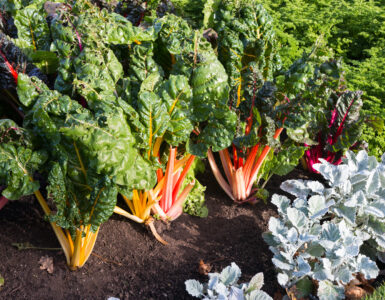Crystal Godfrey has the scoop on freeze dried berries.
1. What is the difference between dehydrated and freeze dried?
Dehydrated fruits and vegetables simply have the water removed and are usually chewy in texture-think raisins, craisins, dried apricots, etc. Freeze dried fruits and vegetables go through a freezing process followed by a reduction in the surrounding pressure and adding enough heat to allow the frozen water to go straight from a solid to a gas. Freeze dried fruits and vegetables are usually crunchy.
2. Are they nutritionally the same as fresh?
If given the option, fresh is always better. But freeze dried fruits and vegetables are nutritionally very similar and in the duldrums of winter, when apples aren’t cutting it anymore, it’s a great alternative.
3. How can you figure out if they are cost effective?
Freeze dried fruit is generally only about 10% of it’s original weight. So look at the can’s weight multiply it by 10 and that will give you an idea of what the original weight of the item was. Once you know the ounces or pounds of the original product you can figure out what it would be out of season to pay for that item. Also, keep in mind that this fruit keeps-unlike fresh berries that spoil after only a couple of days in the fridge, which means you can know that your money is always well spent on berries that won’t go bad.
4. What are some ways to use the berries?
First, they are amazing just by themselves. They carry more natural flavors and taste more similar to the fresh product than dehydrated. So you can make your own trail mixes, pack them in lunches, or have them for a snack.
You can also throw them in your cereal-my favorite combination is corn flakes with the raspberries.
And of course, use them in almost any recipe that calls for the fresh berry. You’ll want to use anywhere from half to three quarters of the original amount of berries called for (i.e. if your recipe calls for 1 cup of blueberries, you’d want to use about 1/2 cup-3/4 cup freeze dried blueberries) and hydrate them in warm water. Make sure to pour off any excess water before adding to your recipe. (In fact a fun trick is the save the discarded water to use as water in your recipe for MORE flavor.)
For delicious low fat healthy blueberry muffins click here.
Or you might want to try her Raspberry syrup by clicking here. These recipes can be found on the Studio 5 recipe site.















Add comment